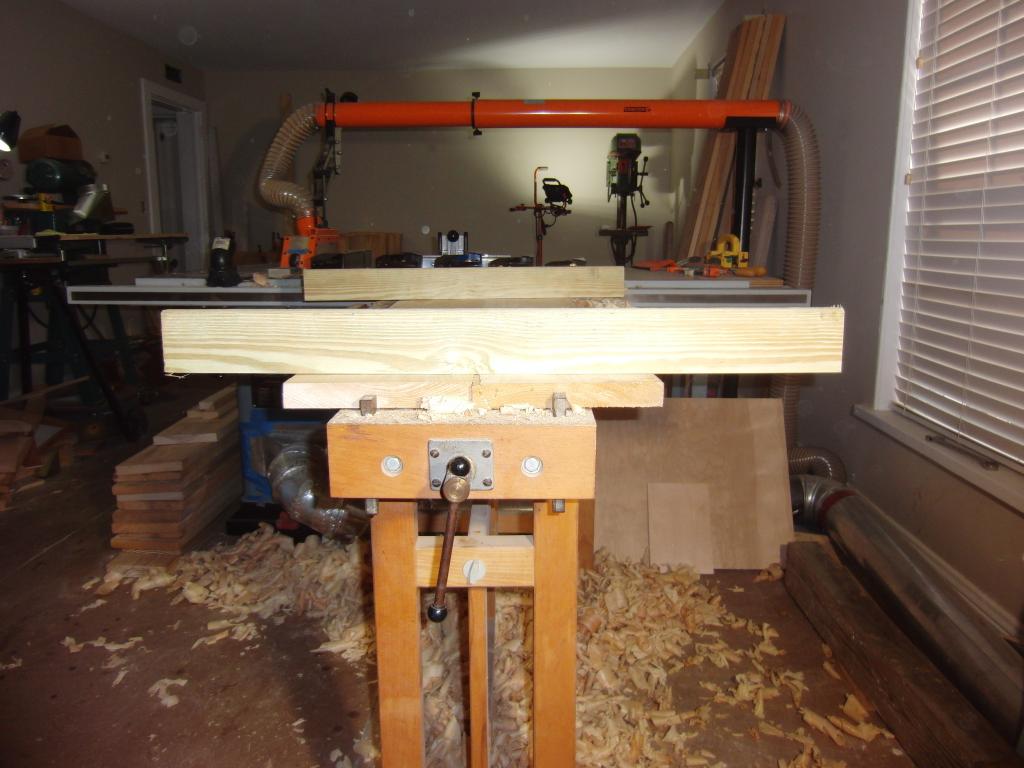This is the view I use. You can raise or lower your eyes to close the gap seen between the two-over the near one, to under the far one. We move our "shop" every year or two, to where we are working, and winding sticks are not something I bother to keep up with to move.






 Reply With Quote
Reply With Quote







